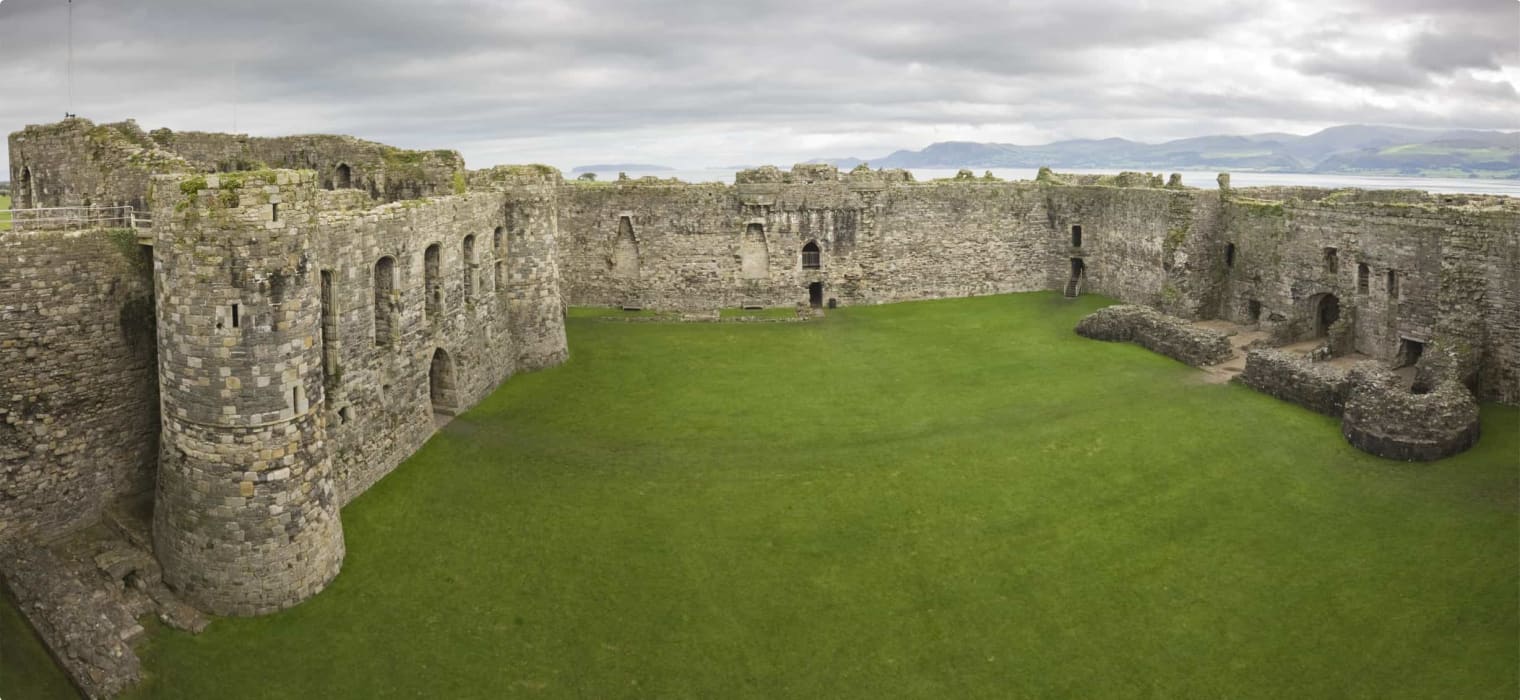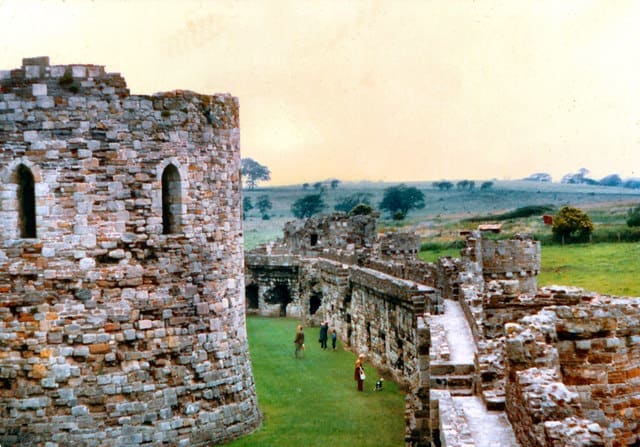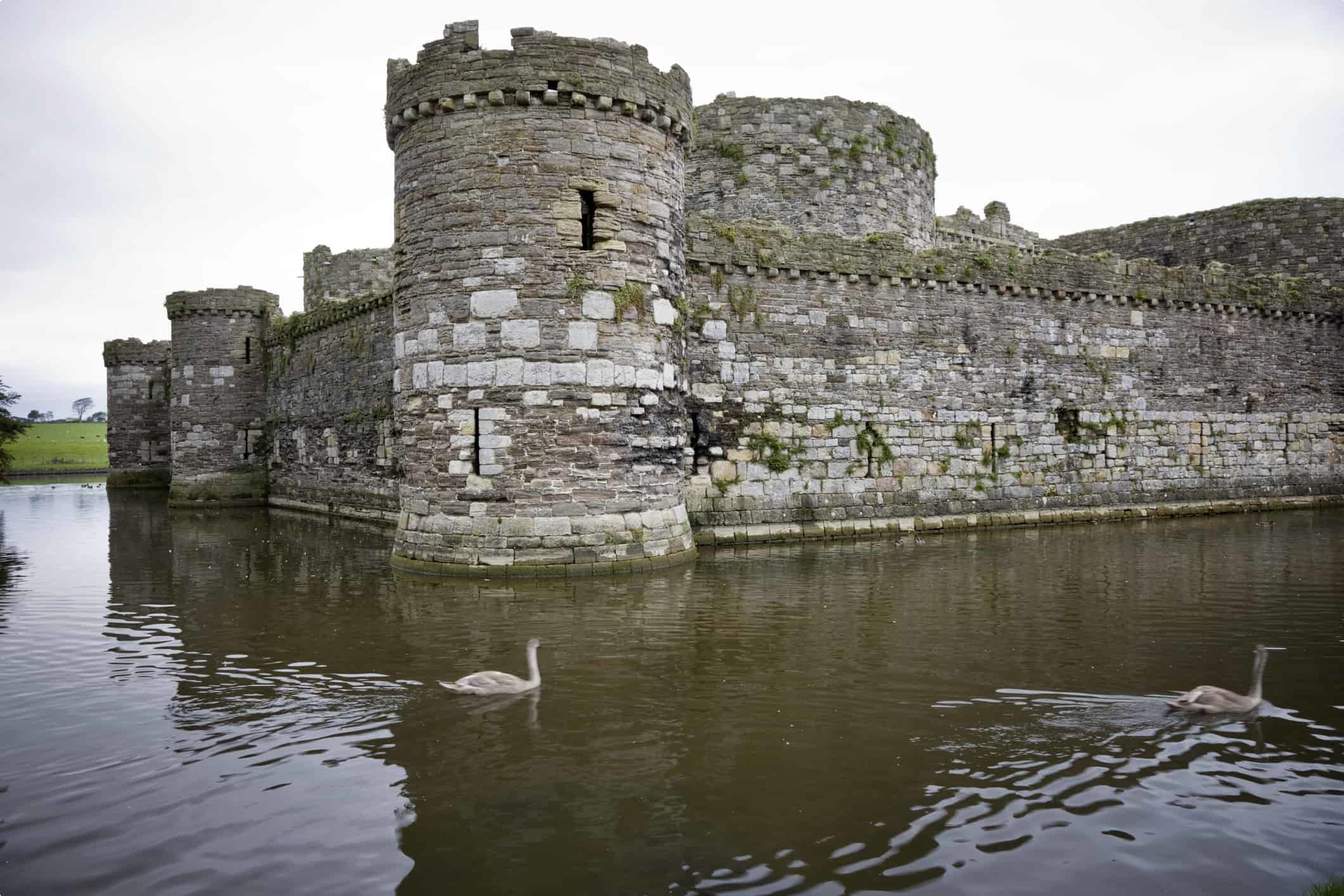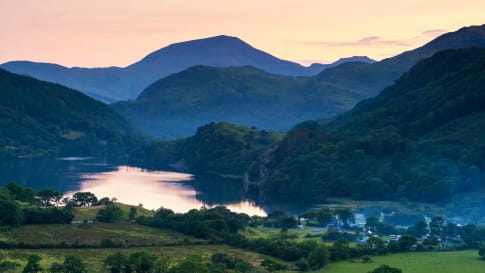Beaumaris Castle
Beaumaris Castle, Edward I of England’s architectural masterpiece built from 1295 to protect his territorial gains in the region. The historic castle is a world heritage listed site considered to be one of the most significant and sophisticated surviving examples of medieval military architecture.
2 May 20 · 4 mins read

Beaumaris Castle
By Marco Stojanovik
The seaside community of Beaumaris is a former county town of the island of Anglesey, Wales. The site is famous for the Beaumaris Castle, Edward I of England’s architectural masterpiece built from 1295 to protect his territorial gains in the region. The fascinating historic castle is a UNESCO world heritage listed site considered to be one of the most significant and sophisticated surviving examples of medieval military architecture. This article explores the castle’s history in order to enhance the experience of your tour of Beaumaris.

English King Edward I’s Conquest of Wales
By the 13th century, the Welsh had been united under the leading Principality of Gwynedd with Llewelyn ap Iorwerth (“Llewelyn the Great”) driving out the English, gaining control of the greater part of the country, and taking the title of Prince of Wales.
During the decades that followed numerous attempts by English armies under King Henry III to seize control of the native Welsh territories were successfully resisted by the Gwynedd princes. However, their fortune was to change following Henry III’s death, and the enthronement of his son King Edward I.
In two campaigns, in 1277 and 1282-1283 respectively, Edward enforced his ultimate authority over the British Isles conquering the territories of the Principality of Wales. Following the death of Llywelyn ap Gruffudd (“Llyweln the Last”) in battle, the Welsh rebels were forced into the wild mountainous north of Swowdonia as the only part of Wales which remained free.

Edward subsequently built numerous major castles, including Caernarfon, the most important, as an ‘iron ring’ to permanently encircle the Snowdownia mountain range and dominate the Welsh. These fortresses proved vital to crush the rebellion that followed in 1294-95 under Madog ap llywelyn against English oppression.

Although the rebellion was eventually put down, it highlighted the need of having a fortress on the island of Anglesey, the centre of the insurgency. By April 1295, within weeks of crushing the rebellion, the decision was made to build a new fortress, Beaumaris Castle, to secure Anglesey and stamp English authority over the Welsh.
Design of the Beaumaris Castle
Rather than sitting atop an outcropping like the other iron ring castles, Edward I chose flat coastal marsh land as the place for construction, giving the castle and the surrounding fortified town their name, Beaumaris, meaning beautiful marshes.
This location on an entirely new site free from surrounding buildings allowed its designer – Edward I’s chief engineer, Master James of St George – to exercise his unrestricted creative genius to build the largest Edwardian castle in Wales and perhaps most sophisticated in all of Britain.
Architecturally, it is a technically superior castle with near perfect geometric symmetry, and the ultimate example of a “concentric” castle, that is with an outer curtain wall protecting an inner walled area with its own towers, i.e. a castle within a castle.

The design consisted of an inner rectangular ward with six towers and two gatehouses surrounded by an octagonal 4.7m thick outer ward having twelve towers and two smaller gatehouses. Even if attackers managed to make it inside the castle, they would have had to go through more than 15 lines of defense.
Connected to the waters of the Menai Straits, it was further protected by an outer wet moat on all sides, and had a fortified tidal dock which allowed the castle to be resupplied by small coastal vessels in case of a siege.

However, with financial pressures and trouble brewing in Scotland, construction slowed by 1296 and none of the gatehouses were able to be completed to their intended height. With minor additions being made until 1330, its final coast was at least 13,000 pounds ($20 million today) employing over 3,500 men in its construction.
Yet, despite all this the impregnable fortress was never attacked.
Castle Today
Beaumaris was surrendered to a parliamentarian force in 1648 during the Second English Civil War. Luckily, it was not drastically destroyed, and today remains one of the best-preserved concentric castles in Britain.
In 1926 the castle passed into state care and since 1986 has been listed as a UNESCO World Heritage Site along with three other Edwardian Welsh castles. It was specifically selected, along with Harlech Castle, due to their “unique artistic achievements for the way they combine characteristic 13th-century double-wall structures with a central plan, and for the beauty of their proportions and masonry” (UNESCO).
The castle remains open to the public to visit today.
Articles on Wales published by Odyssey Traveller.
- History of Wales: The Definitive Guide
- Questions About Wales
- Snowdonia National Park, Wales
- Millennium Coastal Path, Wales
- Caernarfon Castle, Wales
External articles to assist you on your visit to Wales.
Related Tours

17 days
Mar, SepTour of Wales
Visiting Wales
Join Odyssey Traveller on this tour small group guided tour of Wales, an unforgettable travel experience through varied landscapes from south Wales to north Wales and back, travelling on the coast overlooking the Irish Sea and through picturesque Welsh villages, starting in Cardiff city centre.
From A$14,375 AUD
View Tour

